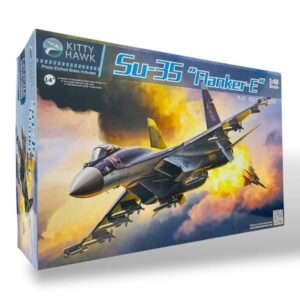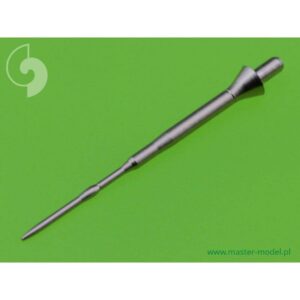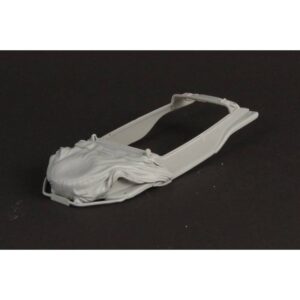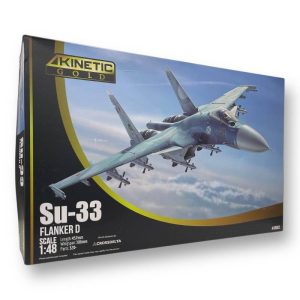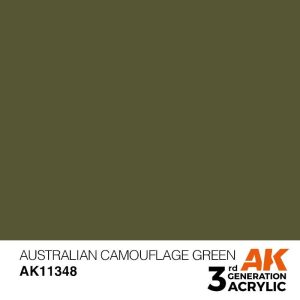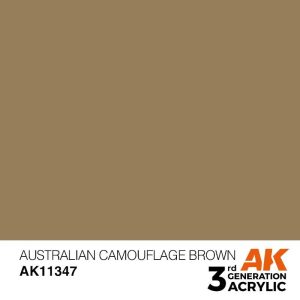1.3K
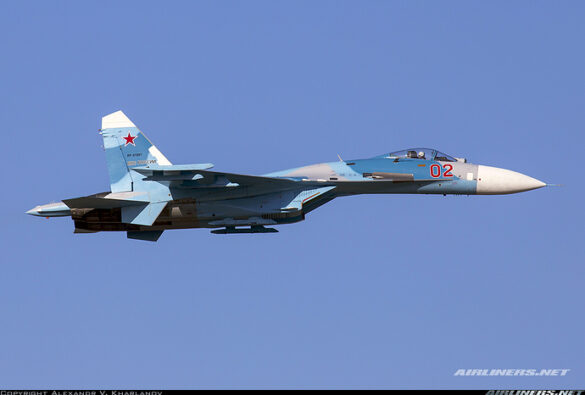
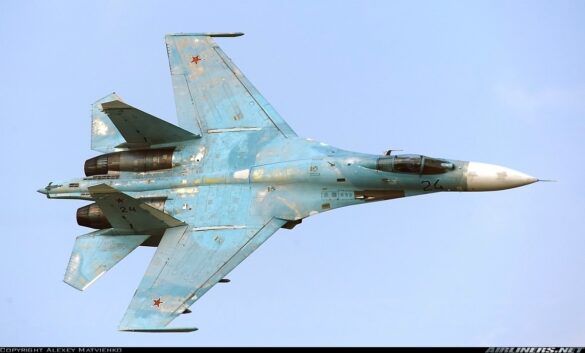
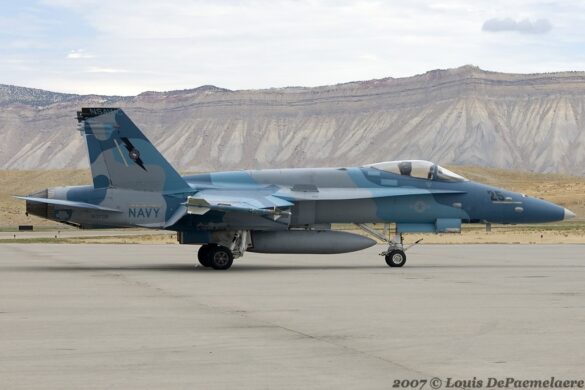
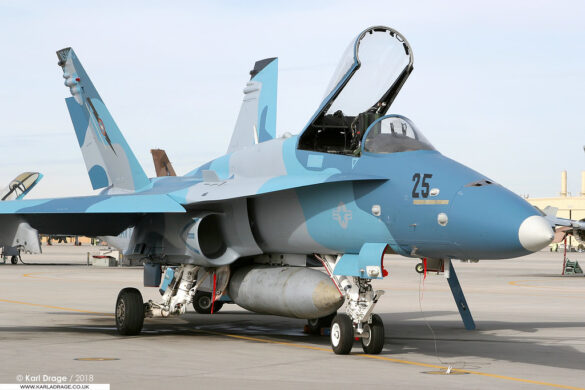
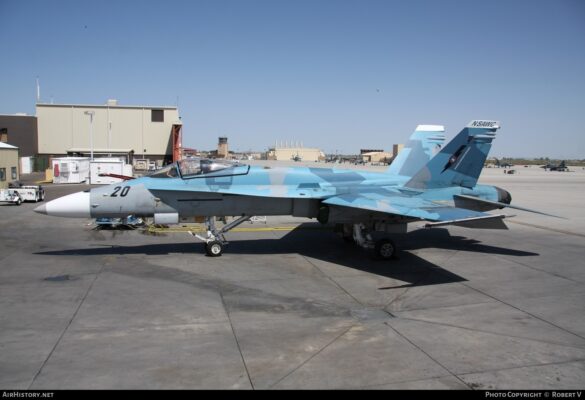
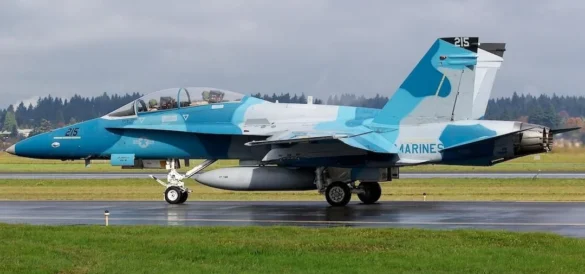
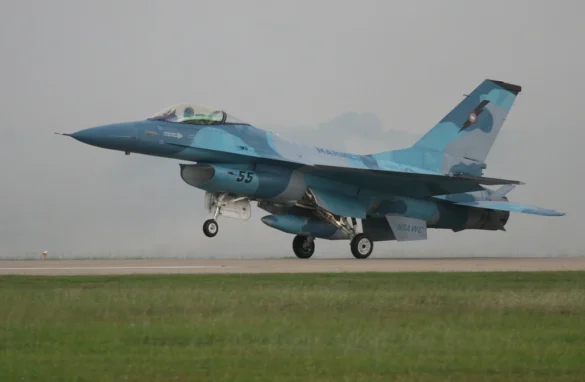
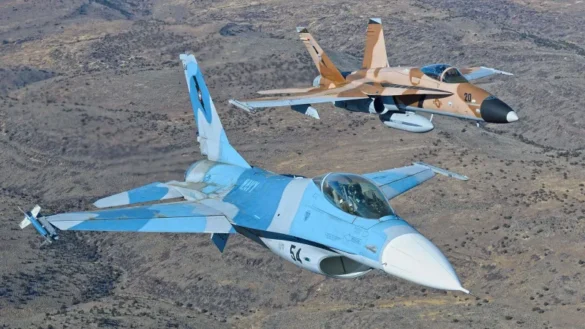
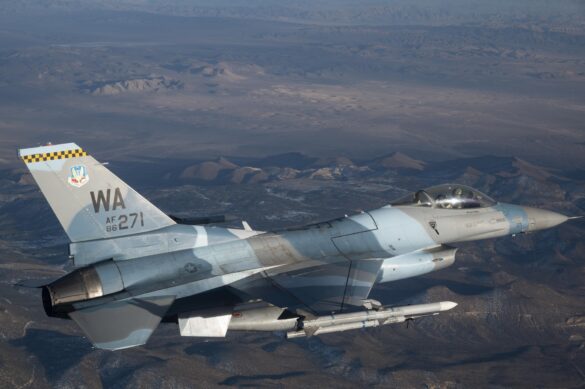
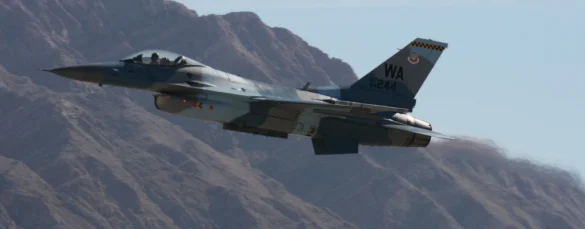
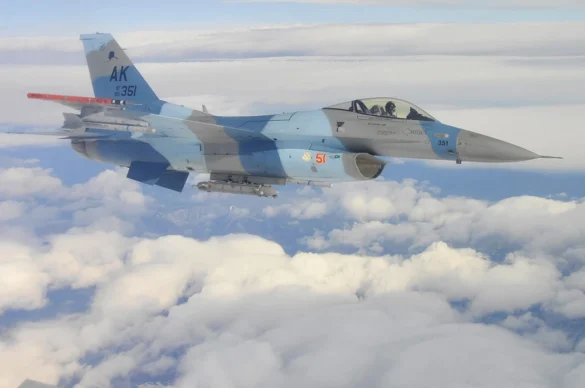
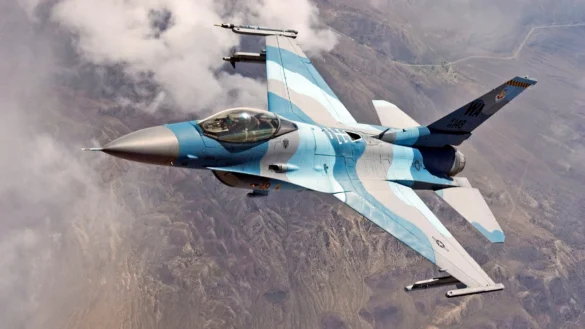

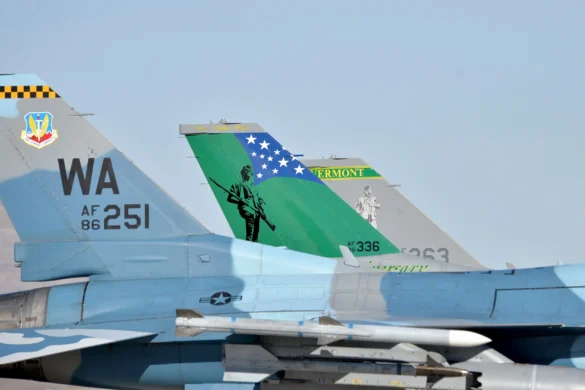
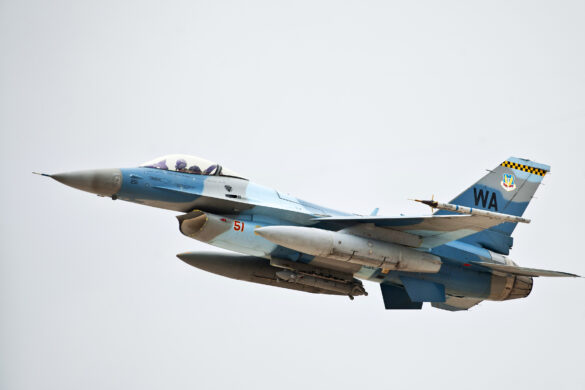
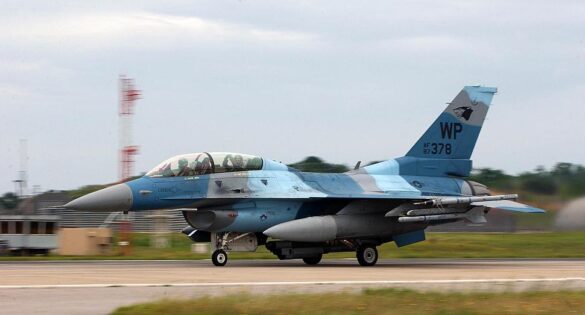
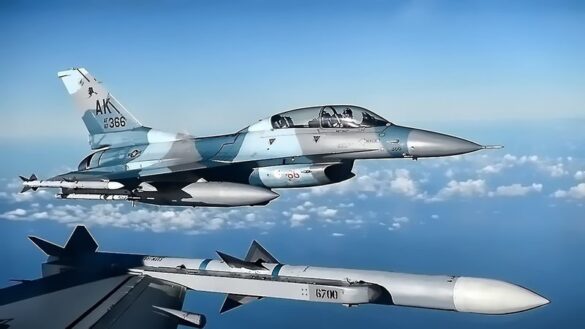
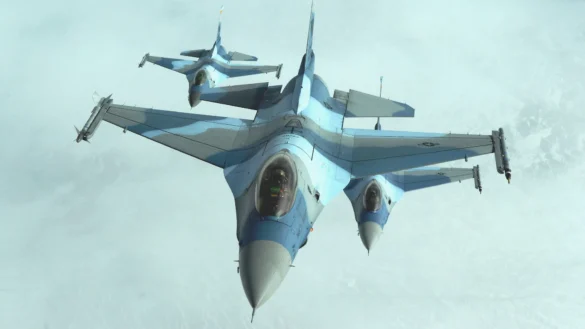
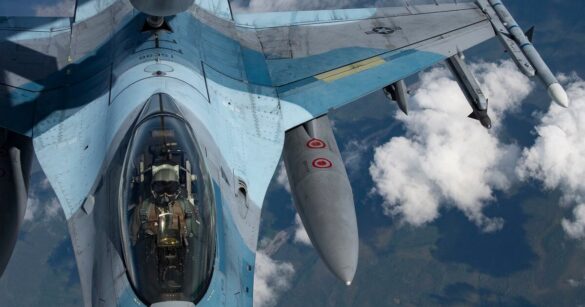
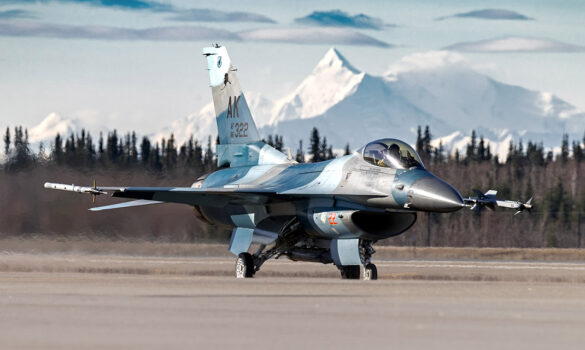
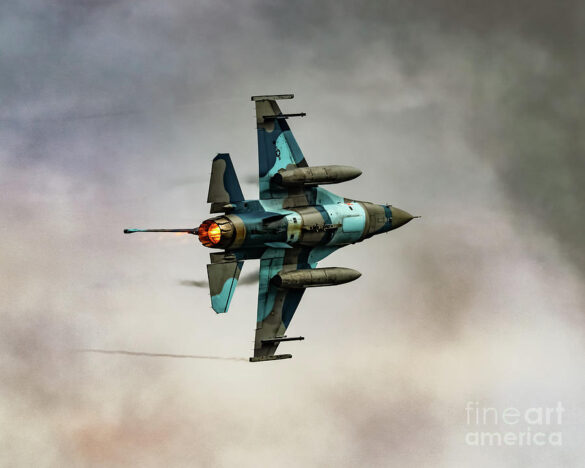
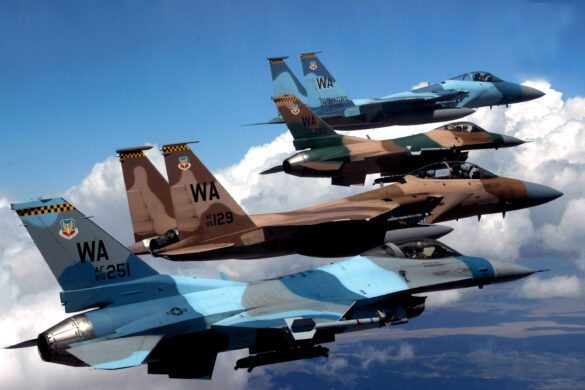
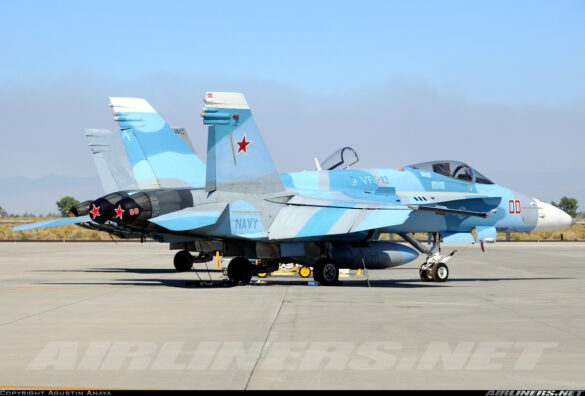
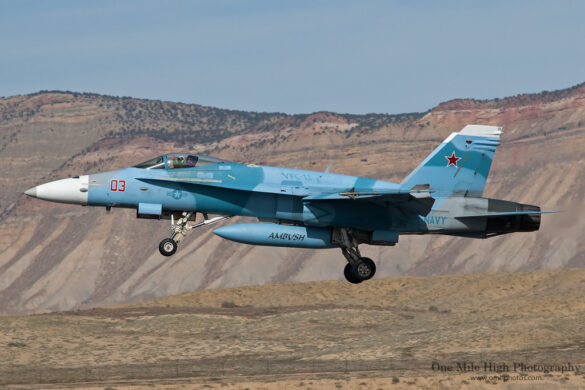
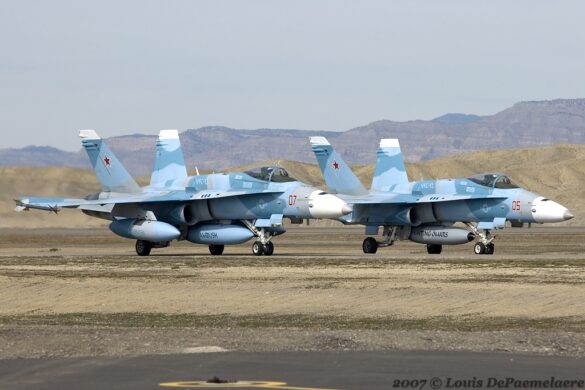
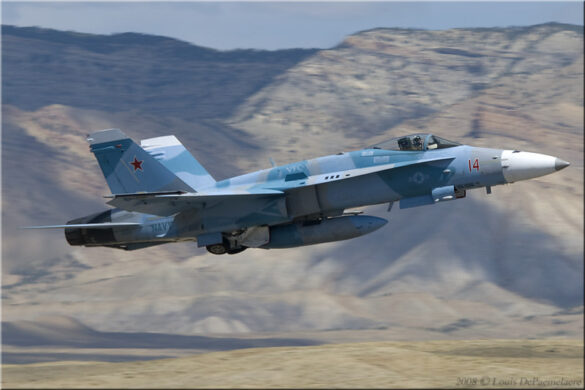
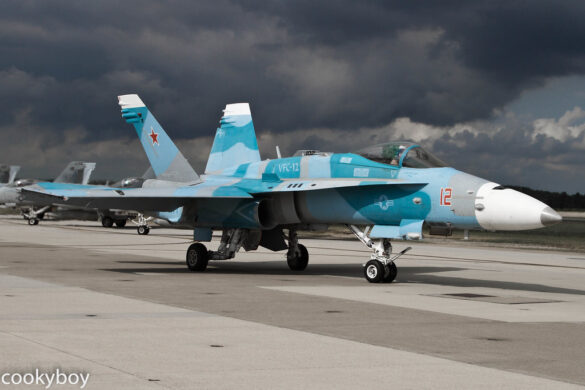
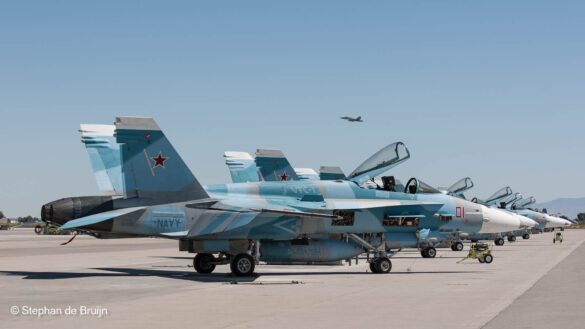
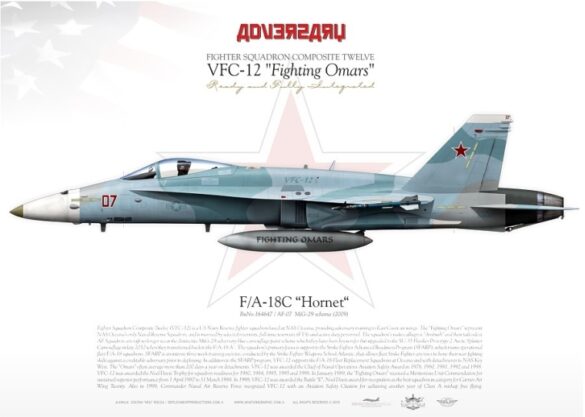
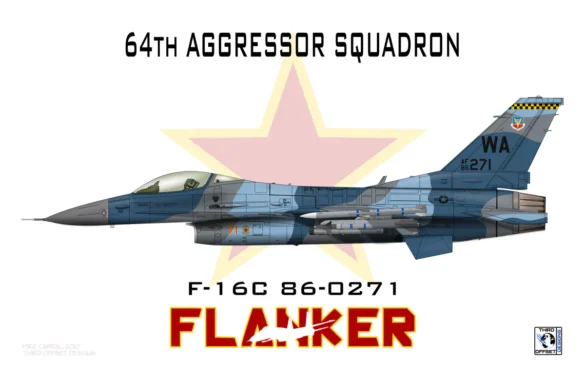
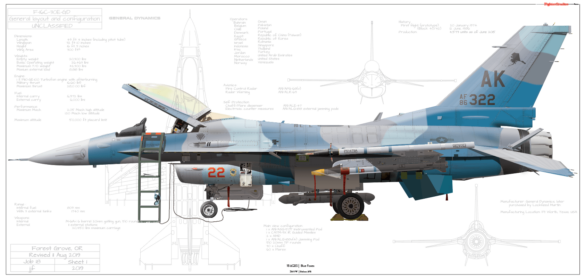
article
Aggressor camouflage F-16&F-18“Blue Flanker 1″
The 64th Combat Weapons Squadron was then established at Nellis in 1972, initially equipped with T-38s and later F-5Es, with pilots specially trained to replicate enemy tactics. This mission helped pave the way for the large-scale Red Flag exercises that began in 1975 and were designed to give pilots a taste of real combat but in the safety of the skies over Nevada.Since it was introduced in the 1980s, the Sukhoi Su-27UB Flanker C and its derivatives have been seen by the USAF as the fighter to beat. Unsurprisingly, this has made the Blue Flanker scheme one of the most popular ones among F-16 aggressors.Later they also adopted the F-18 aggressors the Blue Flanker 1980s Light Blue/Blue/Grey .Blue Flanker adversary paint scheme for F-16C Block 32s of the 64th AGRS. It is one of the first paint schemes applied and one of four bases still maintained by the 64th and VFC-12 with F/A 18 Hornet .
Fighter aircraft
| Blue Flanker 1 | |||||
| FS 35450 | FS 35109 | FS 36251 |
| FS 35450 | Air Superiority Blue | Camo (F-15A, Aggressor) | – | – |
| FS 35109 | Aggressor Blue | Camo (Aggressor) | – | – |
| FS 36251 | Aggressor Gray | Camo (Mod Eagle) | – | – |
| FS 17925 | Untinted White | Interiors | ( Radar for F/A 18) | – |
Aggressor Camouflage,F/A-18B Hornet VFC-12 “Ambush”Red 12
Gallery



2007(C)Louis DePaemelaere












An F-16 Fighting Falcon assigned to the 64th Aggressor Squadron makes a pass in preparation for landing after a Red Flag 15-2 sortie at Nellis Air Force Base, Nev., March 11, 2015. Red Flag is one of a series of advanced training programs administered by the U.S. Air Force Warfare Center designed to increase combat readiness and effectiveness. (U.S. Air Force photo by Staff Sgt. Siuta B. Ika)







A flight of Aggressor F-15 Eagles and F-16 Fighting Falcons fly in formation 5 June over the Nevada Test and Training Ranges. The jets are assigned to the 64th and 65th Aggressor squadrons at Nellis Air Force Base, Nev. The F-15's superior maneuverability and acceleration are achieved through low wing-loading (the ratio of aircraft weight to its wing area), which is a vital factor in maneuverability and a high thrust-to-weight ratio, which enables the aircraft to turn tightly without losing airspeed. The F-16 can fly more than 500 miles (860 kilometers), deliver its weapons with superior accuracy, defend itself against enemy aircraft, and return to its starting point. (U.S. Air Force photo/Master Sgt. Kevin J. Gruenwald)




2008 (C) Louis DePaemelaere






